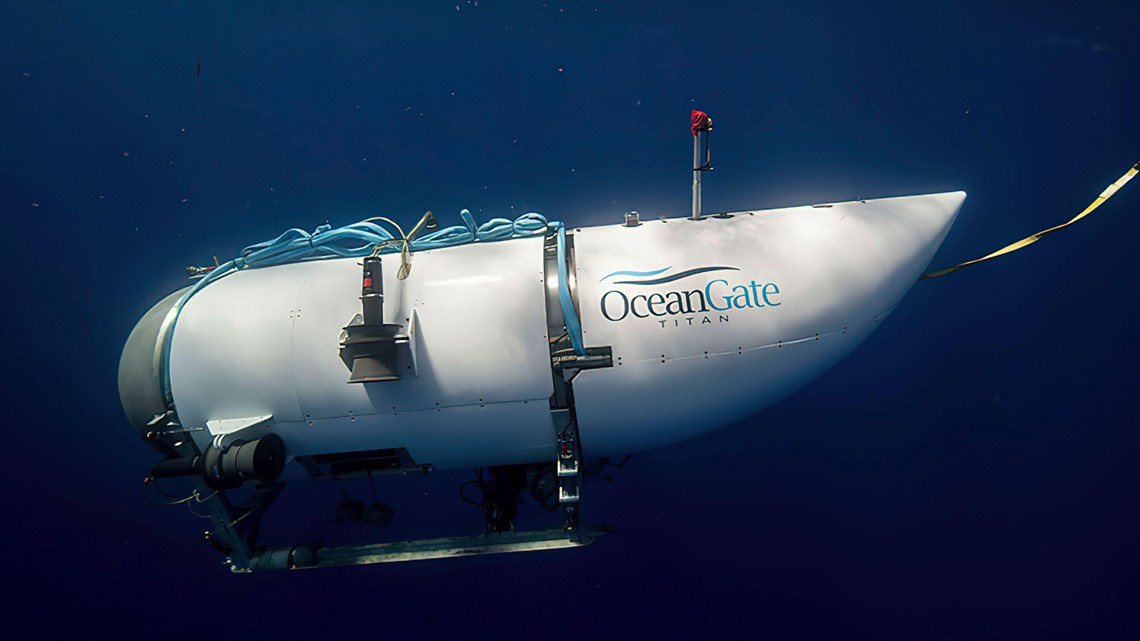WASHINGTON — The company that owned a submersible that imploded on its way to explore the wreck of the Titanic, killing all five onboard, said Thursday it has suspended operations.
Investigators believe the Titan imploded as it made its descent into deep North Atlantic waters on June 18. Among those killed was Stockton Rush, the submersible's pilot and chief executive officer of the company, OceanGate.
The Coast Guard said last week that human remains have likely been recovered from the wreckage of the submersible and are being examined by medical officials in the U.S. Remote operated vehicles, known as ROVs, were used to retrieve the debris from the ocean floor about 12,500 feet underwater.
The U.S. Coast Guard has convened a Marine Board of Investigation, its highest level of investigation, into the implosion, and plans to hold a public hearing in the future.
The statement on OceanGate's website says the Everett, Washington-based company “has suspended all exploration and commercial operations,” but doesn't elaborate. Phone messages seeking comment were left with the company.
OceanGate is based in the U.S. and OceanGate Expeditions, a related company that led the Titan’s dives to the Titanic, is registered in the Bahamas.


Also killed in the implosion were two members of a prominent Pakistani family, Shahzada Dawood and his son Suleman Dawood; British adventurer Hamish Harding; and Titanic expert Paul-Henri Nargeolet. The company charged passengers $250,000 each to participate in the voyage.
For nearly a week, rescue crews searched the ocean near the Titanic, looking for any signs of life from the passengers after contact was lost with them. Although some banging noises were heard during the search, raising hopes that the victims had survived and were waiting for rescue, by the fourth day of searching, the sub's estimated 96-hour supply of breathable air would have run out, ending any possibility of a rescue even if the sub hadn't imploded.
The submersible was found shortly after by an underwater vehicle designed to handle the pressure at the depth of the ocean floor where the Titanic sunk, near the wreck of the ship.

